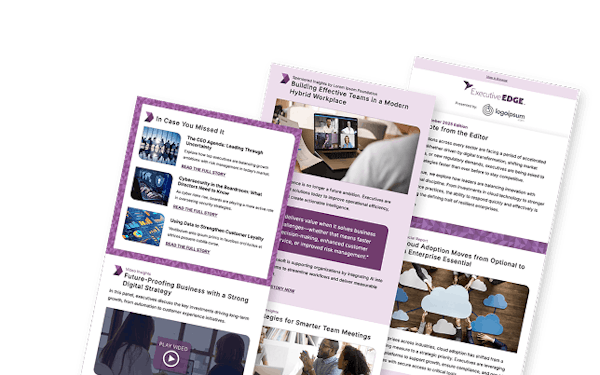De Minimis Rule Ends, Trade Costs Rise — What CEOs Should Watch
Key Highlights
- The U.S. rescinded the de minimis rule: imports under $800 now face 10–50% tariffs.
- GM and Noveon inked a U.S.-based rare earth magnet supply agreement.
- Apple expanded U.S. investments to $600B over four years to fortify domestic supply.
- The ISM Manufacturing Index fell to 48.0 in July, reflecting continuing contraction.
Global supply chains entered September reeling from a dynamic August that reshuffled cost structures, sourcing strategies, and investor confidence. For executives in manufacturing, logistics, and operations, the de minimis tariff change alone rewrites cross-border economics, while major CapEx moves by Apple and GM signal an inflection in onshoring.
At the same time, a downward ISM reading underscores that demand challenges persist. Leadership must now balance reactive risk mitigation with proactive repositioning for a new trade paradigm. Below is an excerpt that highlights the policy and market moves shaping the month’s narrative.
As reported by Avery Larkin in “August Supply Chain Roundup: Tariffs, Investments and Manufacturing Trends” on Supply Chain Connect:
“The shifting tariff situation, new geopolitical concerns and economic uncertainty also continued to impact the global supply chains in August. Some companies faced higher costs at the border, for example, and are also dealing with volatile overseas markets and pressure to adapt new sourcing strategies.
One of the biggest developments happened on August 29th, when the loophole that allowed merchandise worth less than $800 to enter the U.S. duty-free was eliminated. According to The Washington Post, the de minimis rule was put in place more than 90 years ago. Now, importers must pay a tariff rate ranging from 10-50%, depending on their country of origin.
Consumers may feel the impact pretty quickly. ‘I don’t know that consumers are really understanding the impact this will have,’ ePost Global’s Alison Layfield told the publication. ‘Consumers are really going to have some sticker shock.’
Businesses and transportation providers are also bracing for the impacts, which so far have included a temporary “stop” on certain shipments to the U.S. as the customs clearance procedures and other details are more clearly defined.
CNN says postal companies, in particular, are feeling the strain of the de minimis rule elimination. US Customs and Border Protection estimated that more than 1.36 billion de minimis shipments entered the country last fiscal year, it reports, and the agency processes more than 4 million de minimis shipments each day.
As trade policy changes were stirring up uncertainty at the border in August, other headlines signified new investments aimed at strengthening domestic supply chains. One example came early in the month when General Motors and Noveon Magnetics announced that they would be partnering to secure U.S.-made rare earth magnets.”
Continue reading “August Supply Chain Roundup: Tariffs, Investments and Manufacturing Trends” by Avery Larkin on Supply Chain Connect.
Why It Matters to You
This month’s developments underline a strategic pivot: policy, investment, and trade are not externalities — they’re integrated variables in your operations calculus. The elimination of de minimis reintroduces tariff friction to small-value imports (e-commerce, spare parts), while high-profile onshoring plays signal who’s doubling down domestically. Manufacturing weakness also signals that hiring, output, and capital plans must be calibrated for a softening backdrop.
Executives must now view supply chain decisions through a multi-domain lens: trade policy, geopolitical risk, automation, and sourcing alignment. The path forward isn’t returning to “cheap anywhere” but includes building responsive, defensible supply systems that combine agility, redundancy, and capital foresight.
Next Steps
- CEO/COO: Re-run your import cost models under de minimis removal; flag high-risk SKUs now.
- Supply Chain/Procurement: Reassess trade zones and sourcing buffers, and consider near-shore suppliers to offset tariff shock.
- Operations/Manufacturing: Verify that your BOMs and subcomponents aren’t reliant on low-value imports; adjust designs or suppliers proactively.
- Strategy/Investment: Monitor capital allocation shifts in major players (like Apple, GM) to spot technology bets in components and materials.
- Finance/Risk: Quantify margin exposure under tariff regimes and build scenario contingency plans (margin compression, inventory write-downs).
Quiz
Make smart decisions faster with ExecutiveEDGE’s weekly newsletter. It delivers leadership insights, economic trends, and forward-thinking strategies. Gain perspectives from today’s top business minds and stay informed on innovations shaping tomorrow’s business landscape.

